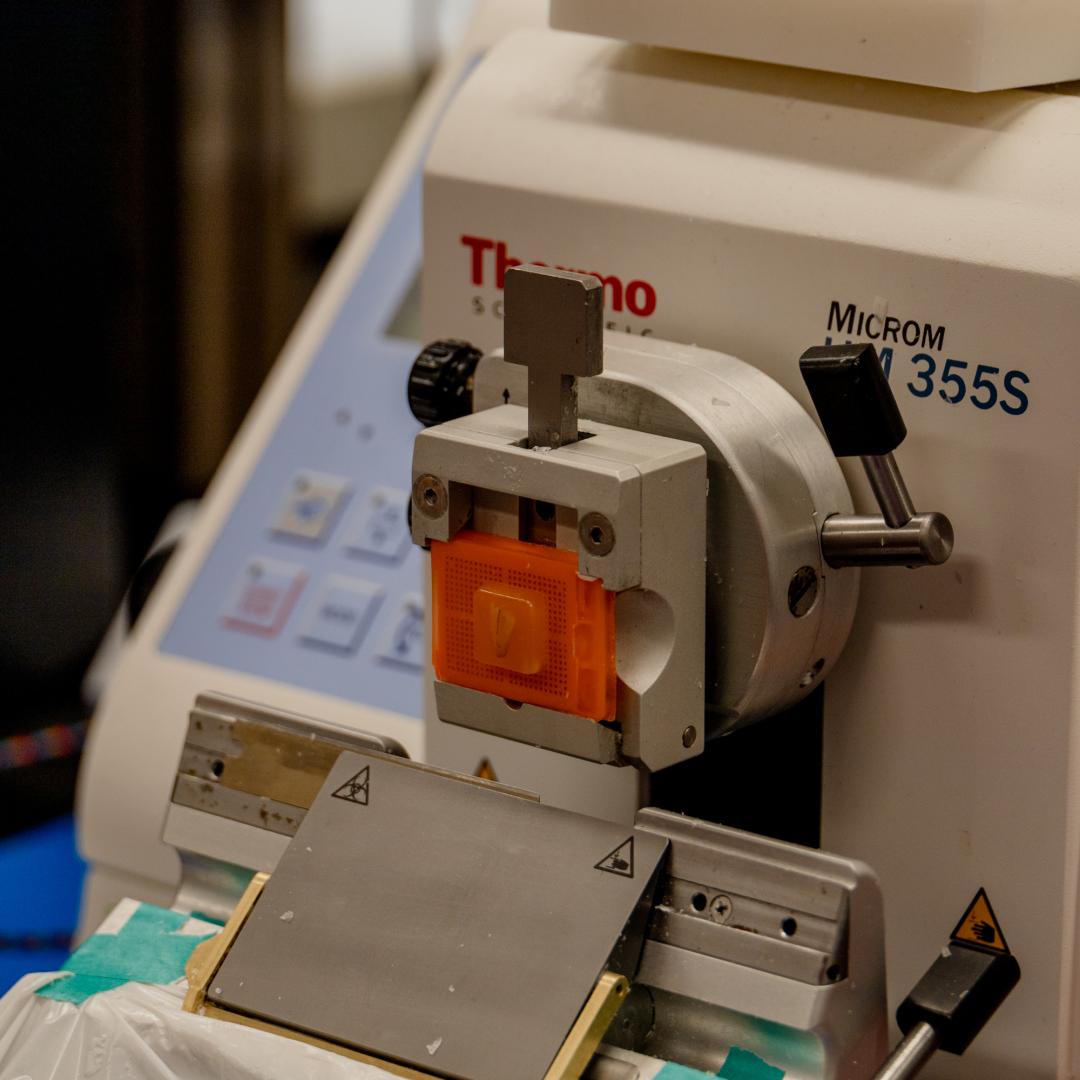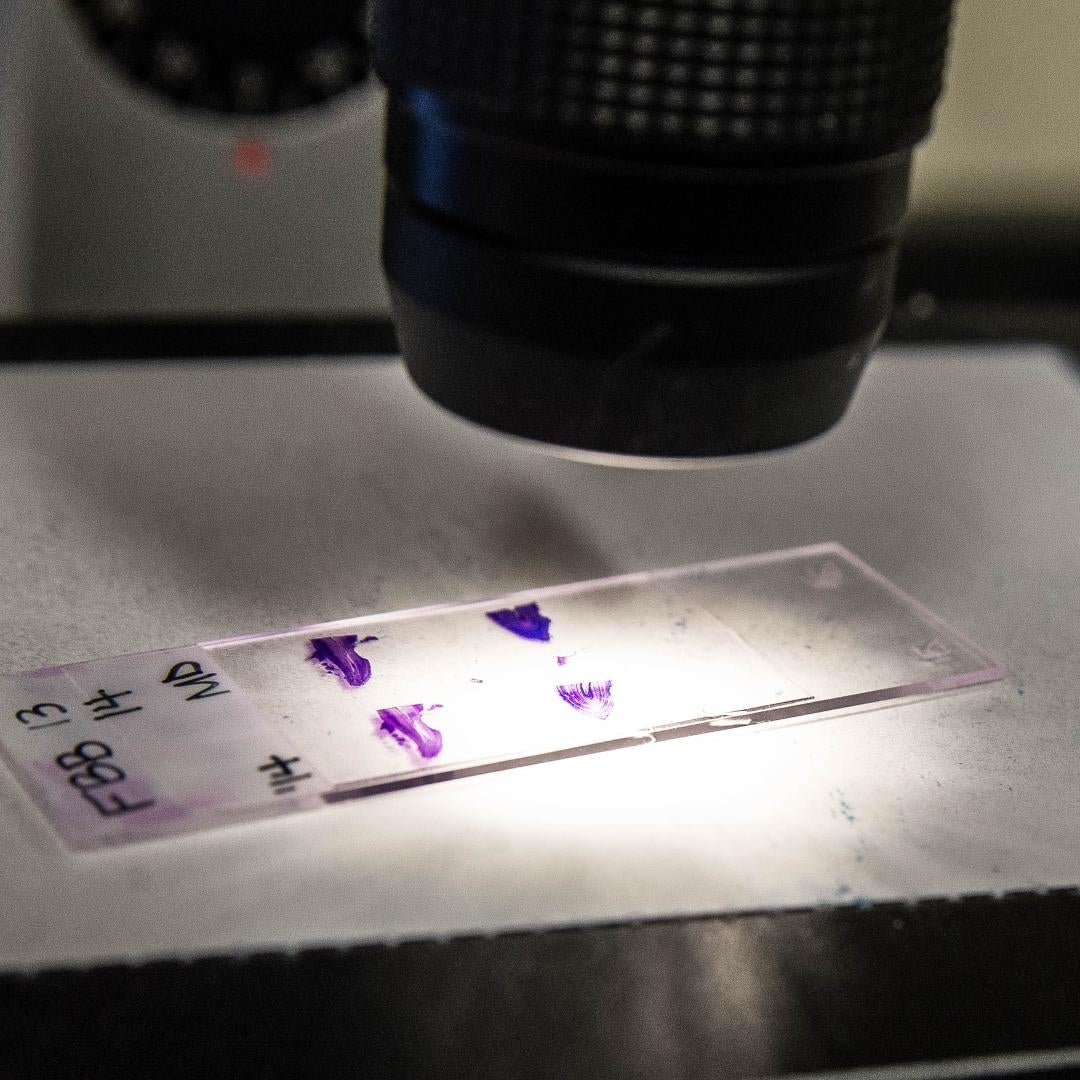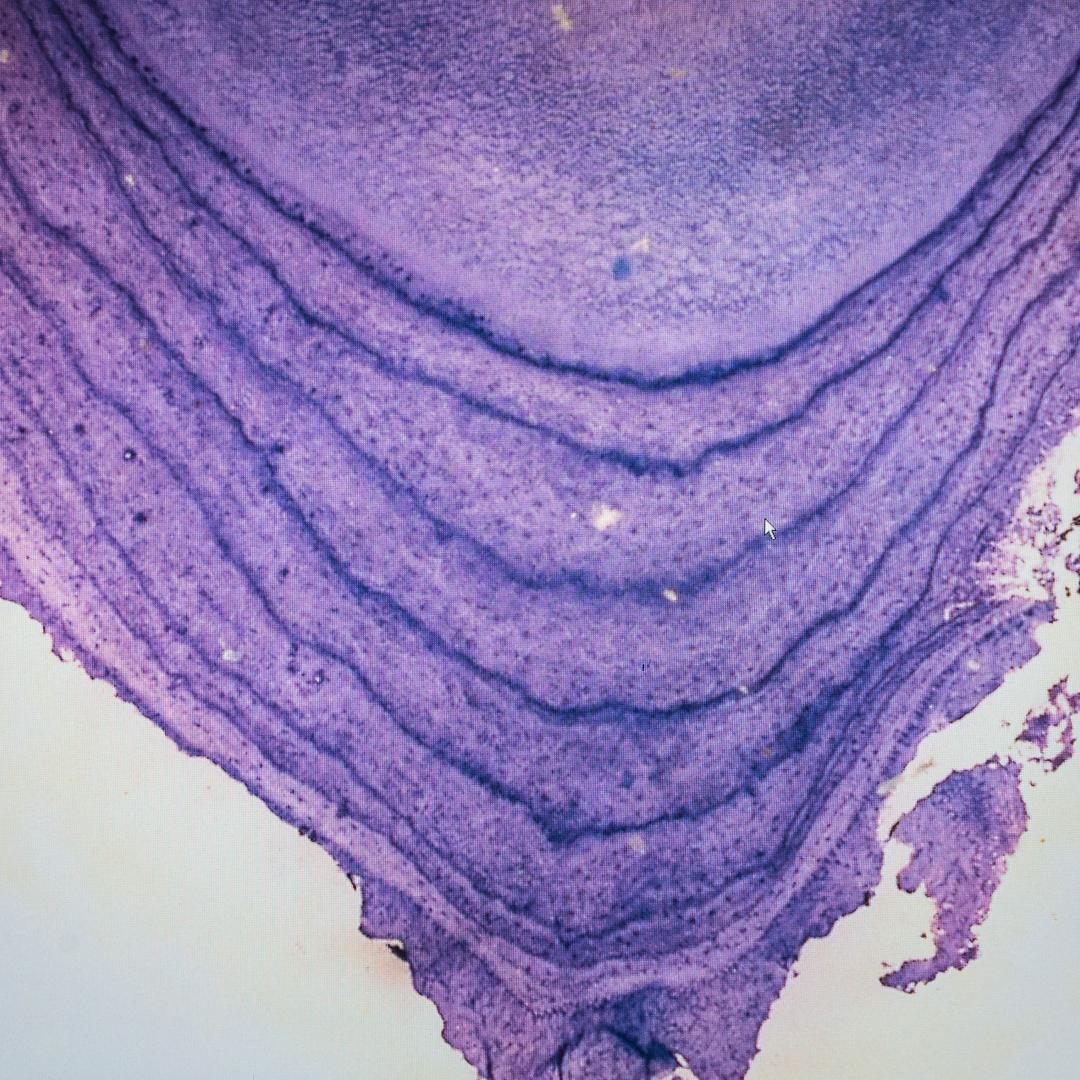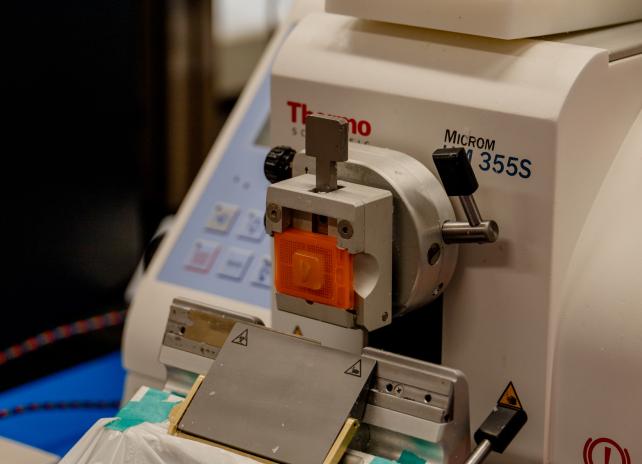
Tooth aging
Knowing the age demographics of wildlife populations can aid in their management. The Wyoming Game and Fish Department ages teeth from antelope, elk, deer, moose, black bear, mountain lion, bison and bobcat. Age data are incorporated into models that help biologists understand population trends.
Find Tooth Age Data Online
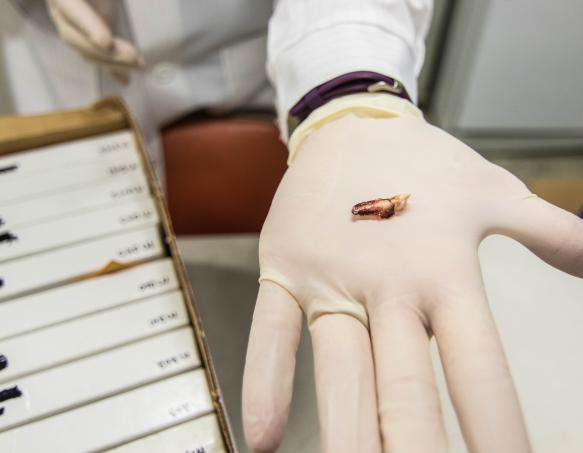
Tooth Collection
The Wyoming Game and Fish Department collects teeth from harvested wildlife in focused survey efforts for particular hunt areas, at game check stations and through random field checks. These teeth are aged at the Game and Fish Forensic and Fish Health Lab in Laramie. Hunters outside of study areas may also submit teeth from their harvested animals to be aged for a $25 fee.
Tooth Aging Process
Species-specific Turnaround Times
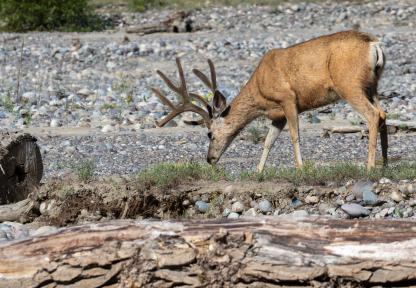
Big Game
For elk, moose, deer and antelope teeth submitted before December 31, ages for moose and deer will be available after February 5, and ages for elk and antelope will be available after February 20. Big game teeth submitted between January 1 and February 15 will be available after March 31. Any samples submitted after February 15 will be reported in the following year's report.
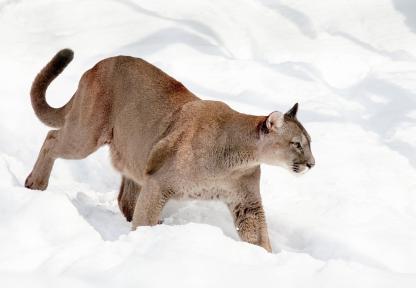
Trophy Game
Black bear and mountain lion teeth are collected by biologists and mailed to the laboratory in large batches. Ages from spring black bear seasons are typically available after October 5, and fall seasons after March 20. Mountain lion ages are typically available after September 5.
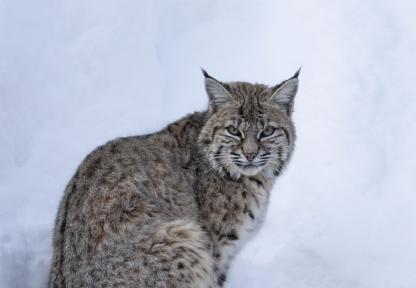
Bobcat
In bobcats, the permanent canines begin to replace the deciduous canines (i.e., “baby teeth”) by six months of age, and the root canal of permanent canines closes between 13-18 months of age. Therefore, permanent canines with a visual open root canal are aged as juveniles that are 0.5-1.5 years of age, and deciduous canines are aged as kittens that are <0.5 years of age. Ages from bobcats are available after July 5.
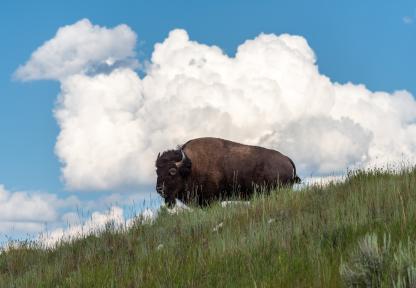
Bison
The laboratory has a specific protocol and the experience to accurately age permanent teeth in bison. Bison do not develop permanent first incisors until they are 2.5 years of age. Research on the aging of deciduous teeth (i.e., “baby teeth”) in bison is minimal, so the laboratory can only provide an age range for these teeth unless provided a specific field age. Teeth received by the lab that are specified from field ages as calves are recorded as 0.5 years of age. Bison that are recorded as adults from field ages but still have deciduous incisors are recorded as 1.5 to 2.5 years of age. Deciduous teeth of bison that are not calves or not specified from field ages when samples are submitted are recorded as 0.5 to 2.5 years of age. Ages from bison samples are available after April 20.
Teeth Removal Instructions
Step 1
Locate the first incisors. These are the front-most teeth in the mouth and should be the easiest to access.
Step 2
Using a knife, cut down through the gum line on both sides of each tooth. The deeper you cut with your knife along the root tip, the easier the tooth removes.
Step 3
Move the teeth back and forth. Try not to break the root tip because that is where the cementum annuli are most accurate.
Step 4
Try to remove any excess gum tissue and place teeth on tooth box. PLEASE DO NOT WRAP TEETH IN PLASTIC.
Disclaimer: Tooth aging through cementum annuli analyses is a subjective science. The accuracy is based on the experience and skill of the analyst. The Wyoming Game and Fish Forensic and Fish Health Laboratory has several trained and experienced cementum annuli analysts. When compared to known age samples the laboratory, on average, reports less than one year difference from the known age. One analyst reads all the teeth and the a second analyst will read and verify 20 percent of the teeth. The laboratory aging of game teeth is considerably more accurate then field aging but we still recognize an error of plus or minus one year. If you have any questions, contact the Wyoming Game and Fish Wildlife Forensic and Fish Health Laboratory at (307) 721-1926.

